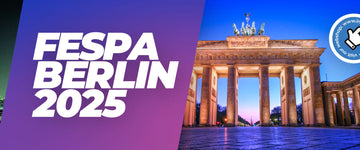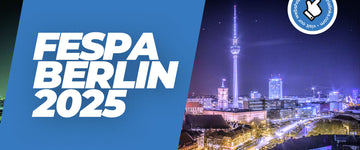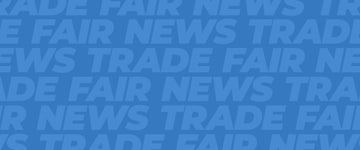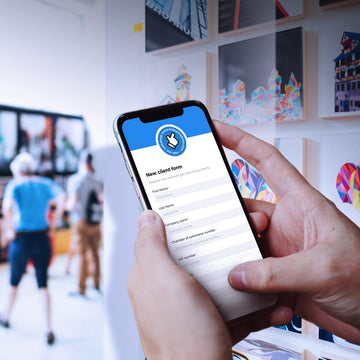To run a successful printing business, you need to consider multiple factors, such as the cost of equipment and materials, labor expenses, production speed, final product quality, and market demand and pricing. We've compared screen printing versus Direct-to-Film (DTF) printing for you.
Direct-to-Film (DTF) printing
DTF printing offers versatility, high-quality prints, fast production times, and lower setup costs, making it a more affordable option for small print businesses. It allows printing on a wide range of substrates, while producing detailed prints with vibrant colors and sharp details. It also requires less setup time and allows for faster color changes.
However, DTF printing has limitations, including a limited color range and durability compared to screen printing, which can produce a wider range of colors and shades and more durable prints when exposed to repeated washing and wear. Additionally, DTF printing is a newer technology, and there may be fewer service providers and suppliers available compared to screen printing. But don't worry, as we've got you covered.
Screen printing
Screen printing is a well-established technology that produces high-durability prints with a wide range of colors and shades, making it suitable for complex designs and images. It is widely recognized and has been popular for decades, which makes it easier to find service providers and suppliers.
However, screen printing has limitations, including longer production times due to setup and more significant setup costs than DTF printing, making it more expensive for small print businesses. Screen printing is typically limited to textiles, and it may not be suitable for printing on other substrates.
5 factors to keep in check
1. Equipment and materials
Direct-to-Film (DTF) printing requires costly equipment, including a printer, specialized film, and a heat press. Conversely, screen printing requires a screen, ink, and a squeegee, which are relatively inexpensive. However, for large-scale printing jobs, screen printing may necessitate more equipment, leading to higher costs.
2. Labor
DTF printing requires less labor than screen printing because it is a digital process. Screen printing, on the other hand, necessitates manual labor, including setting up screens and cleaning up after printing.
3. Time and or speed
DTF printing is typically quicker than screen printing, particularly for smaller orders. Multi-color designs can be particularly time-consuming for screen printing.
4. Quality of the produced print
DTF printing results in high-quality prints with bright colors and a soft texture. Screen printing can produce good quality prints but may not be as vivid or smooth.
5. Pricing-strategy?
Market demand and pricing are essential to profitability. DTF printing may be more popular with customers seeking high-quality prints, while screen printing may be more appealing to customers looking for a more cost-effective option.
Think ahead / check every factor
Several factors affect the profitability of a printing business, such as the cost of equipment and materials, labor expenses, production speed, final product quality, and market demand and pricing. When selecting between Direct-to-Film and screen printing, consider each of these factors.
Got questions?
Any questions? Please reach out to our specialists if needed.







